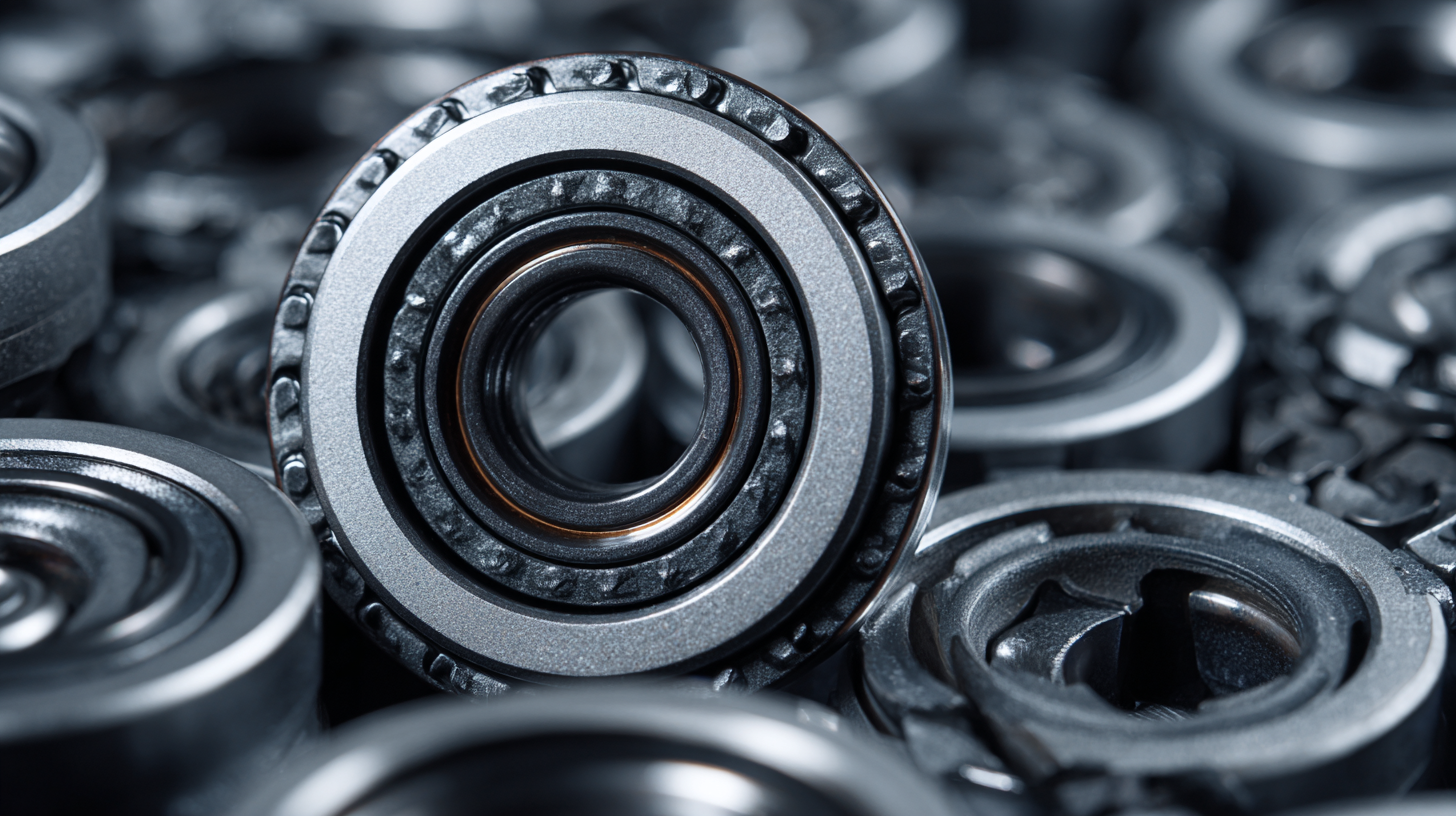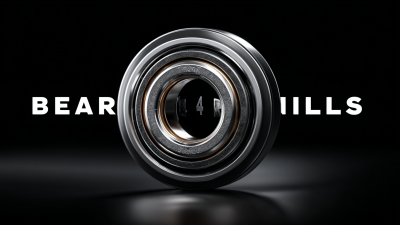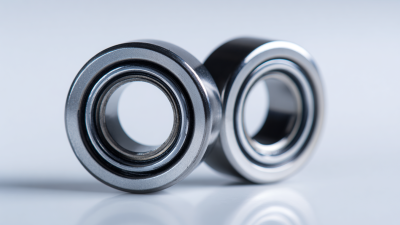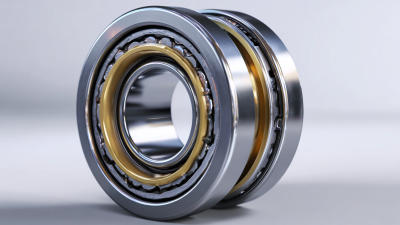In the ever-evolving landscape of mechanical engineering, Groove Ball Bearings play a pivotal role in enhancing the efficiency and reliability of various applications. According to recent industry reports, the global bearing market is expected to reach USD 100 billion by 2025, growing at a CAGR of approximately 6.5%. Groove Ball Bearings, with their unique design that allows for smooth rotation and reduced friction, are integral to numerous sectors, including automotive, aerospace, and industrial machinery. Their versatility not only contributes to performance optimization but also results in significant energy savings, which is increasingly crucial in today’s sustainability-focused world. This comprehensive guide aims to unlock the secrets surrounding Groove Ball Bearings, exploring their diverse applications, inherent benefits, and guiding principles for selection and maintenance to help engineers and buyers make informed decisions.
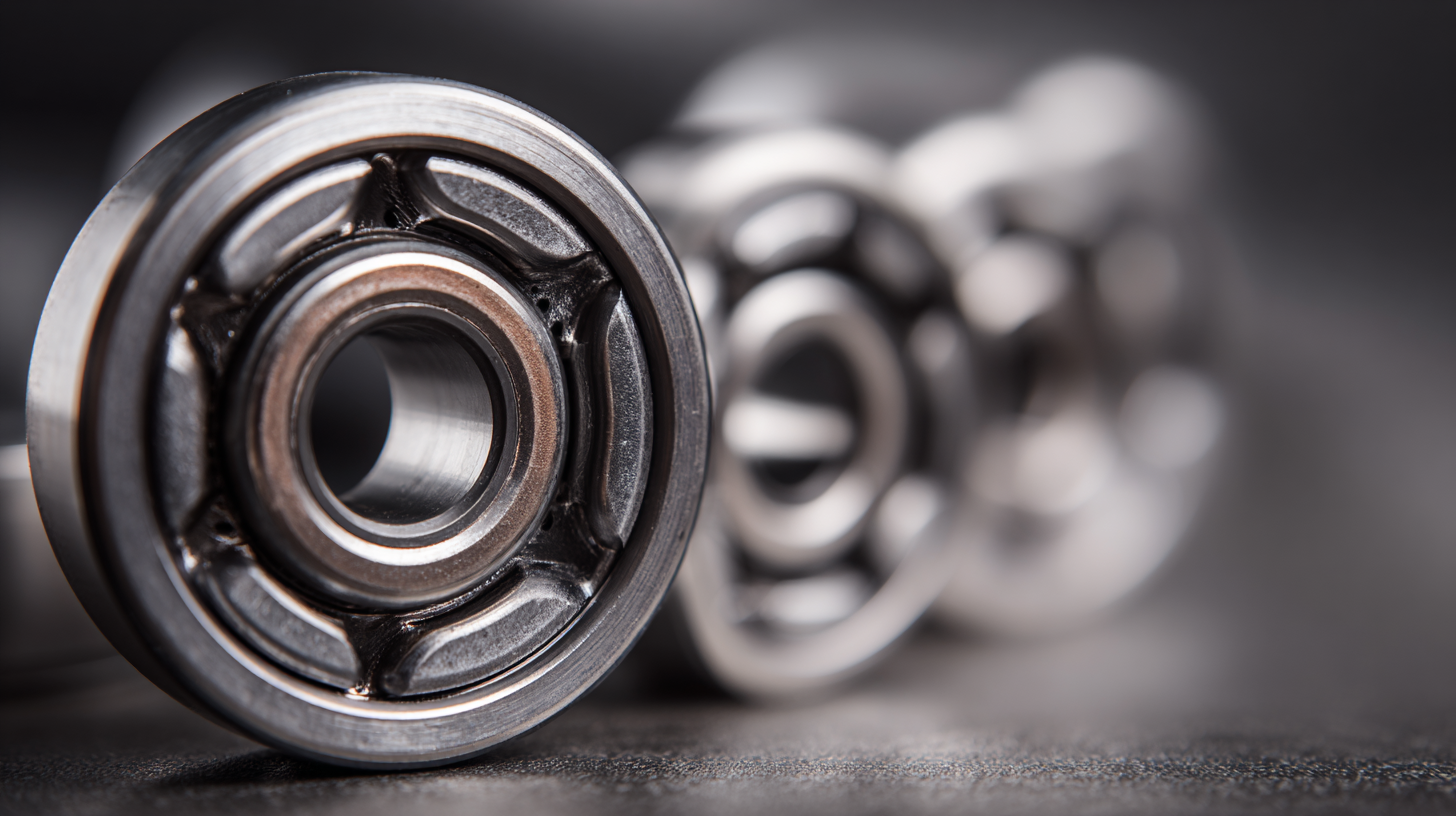
Groove ball bearings are essential components in various industrial machinery and equipment, playing a crucial role in enhancing operational efficiency and reliability. According to a report by MarketsandMarkets, the global bearing market is projected to grow from $85.0 billion in 2020 to $113.2 billion by 2025, with groove ball bearings being a significant driver due to their versatility and durability. These bearings are widely used in applications ranging from automotive and aerospace to manufacturing and robotics, where they facilitate smooth rotational movement and reduce friction.
The use of groove ball bearings in industrial machinery offers numerous advantages, including lower maintenance costs and increased lifespan of equipment. A study published by the International Journal of Engineering Research indicates that incorporating high-quality groove ball bearings can lead to a reduction in energy consumption by up to 20% in rotating machinery. Additionally, their ability to accommodate both radial and axial loads makes them ideal for dynamic applications, ensuring optimal performance even under varying operational conditions. This adaptability is vital for industries aiming to maximize efficiency while minimizing downtime, further showcasing the importance of groove ball bearings in modern engineering solutions.
Groove ball bearings are critical components in various mechanical systems, known for their ability to significantly reduce friction and enhance efficiency. According to a report by the American Bearing Manufacturers Association (ABMA), bearings can account for over 50% of friction losses in rotating machinery. By utilizing groove ball bearings, industries can effectively lower these friction losses, leading to improved energy efficiency and reduced operational costs. The unique design of these bearings allows for optimal load distribution and minimal resistance during rotation, which is particularly beneficial in high-speed applications.
Furthermore, a study conducted by the World Bearing Association revealed that incorporating groove ball bearings in machinery can lead to up to a 30% increase in operational efficiency. This boost in performance not only extends the lifespan of equipment but also enhances reliability, reducing the frequency of maintenance and downtime. In industries ranging from automotive to aerospace, the advantages of groove ball bearings manifest in smoother operation and lower power consumption, proving their value as essential components in modern engineering solutions.
| Application Area | Benefits | Friction Reduction (%) | Efficiency Increase (%) |
|---|---|---|---|
| Electric Motors | Lower heat generation, increased lifespan | 30 | 15 |
| Automotive | Improved fuel efficiency, reduced wear | 25 | 12 |
| Industrial Machinery | Enhanced productivity, reduced downtime | 28 | 20 |
| Home Appliances | Quieter operation, improved reliability | 22 | 10 |
| Aerospace | Weight reduction, increased performance | 35 | 18 |
Groove ball bearings are renowned for their reliability and versatility, making them a favored choice across various industries. When comparing groove ball bearings with other bearing types, such as roller bearings and needle bearings, it's essential to highlight their distinct advantages. According to a report by Research and Markets, the global ball bearing market is projected to reach approximately $70 billion by 2026, with groove ball bearings contributing significantly due to their lower friction and enhanced durability. Their simple design allows for ease of installation and maintenance, further solidifying their position as a top choice for manufacturers.
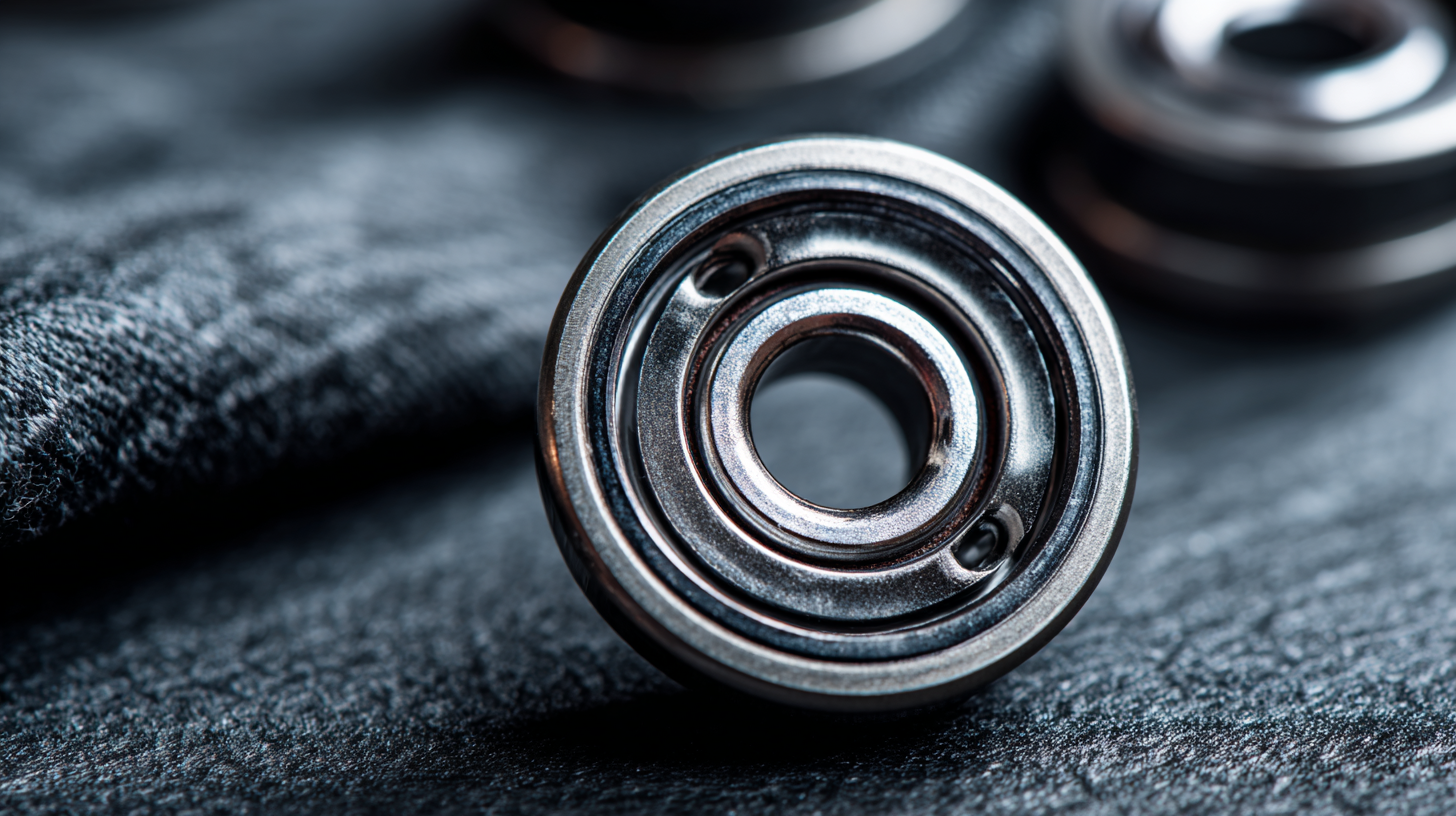
In contrast, roller bearings excel in applications requiring higher load-bearing capacities, but they often come with increased friction and complexity in their design. According to the American Bearing Manufacturers Association (ABMA), while roller bearings can support heavier loads, they are not as efficient under high-speed conditions, where groove ball bearings excel. This efficiency makes groove ball bearings particularly useful in automotive and aerospace applications, where speed and reliability are paramount. As industries continue to evolve, the demand for efficient components like groove ball bearings will play a critical role in optimizing machinery performance.
The field of groove ball bearings has witnessed significant innovations in design and technology, enhancing their performance and expanding their applications across various industries. Recent studies indicate that the global ball bearing market is expected to reach $14.2 billion by 2026, with groove ball bearings playing a pivotal role due to their versatility and efficiency. Advances such as improved materials, lightweight designs, and enhanced sealing technologies have contributed to increased load capacities and reduced friction. For instance, the introduction of ceramic hybrid bearings has revolutionized the industry by offering higher thermal stability and corrosion resistance.
Moreover, manufacturers are increasingly leveraging digital technologies to optimize the design process of groove ball bearings. Computational fluid dynamics (CFD) and finite element analysis (FEA) are routinely used to simulate performance under different conditions, which has led to more precise product development. According to a recent report by MarketsandMarkets, the integration of Industry 4.0 practices in bearing manufacturing is projected to boost production efficiency by up to 20% by 2025. This shift not only enhances product quality but also minimizes environmental impact, as energy-efficient designs are prioritized. These innovations underline the continued evolution of groove ball bearings, making them essential components in modern machinery and equipment across various sectors.
The global market for groove ball bearings is experiencing significant growth, reflecting broader trends within the bearings industry. Valued at approximately USD 46.82 billion in 2024, the bearings market is poised to expand rapidly, projected to reach USD 50.16 billion by 2025 and further escalate to an impressive USD 97.10 billion in the coming years. This growth highlights the increasing demand for efficient and durable bearing solutions across various sectors, including automotive and industrial applications.
In particular, the ball bearings segment is expected to see substantial advancements, with estimates showing an increase from $7.26 billion in 2025 to $12.15 billion by 2032. This surge, characterized by a compound annual growth rate (CAGR) of 7.6%, underscores the vital role that groove ball bearings play in enhancing performance and reliability in machinery and vehicles. Furthermore, the rise of electric vehicles (EVs) presents new opportunities, boosting the demand for specialized automotive bearings tailored for advanced drivetrain systems, thereby shaping the future landscape of the bearings market.
